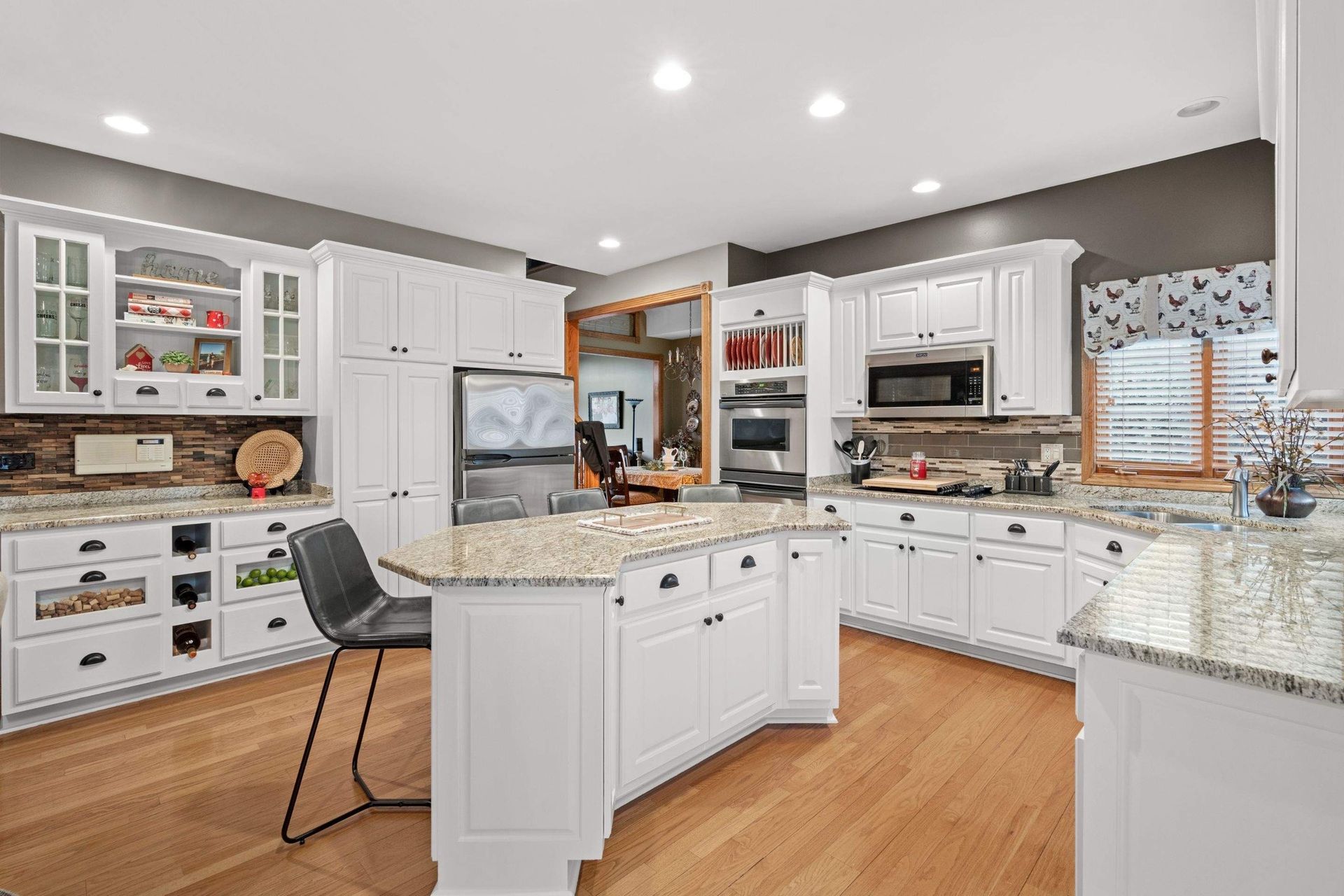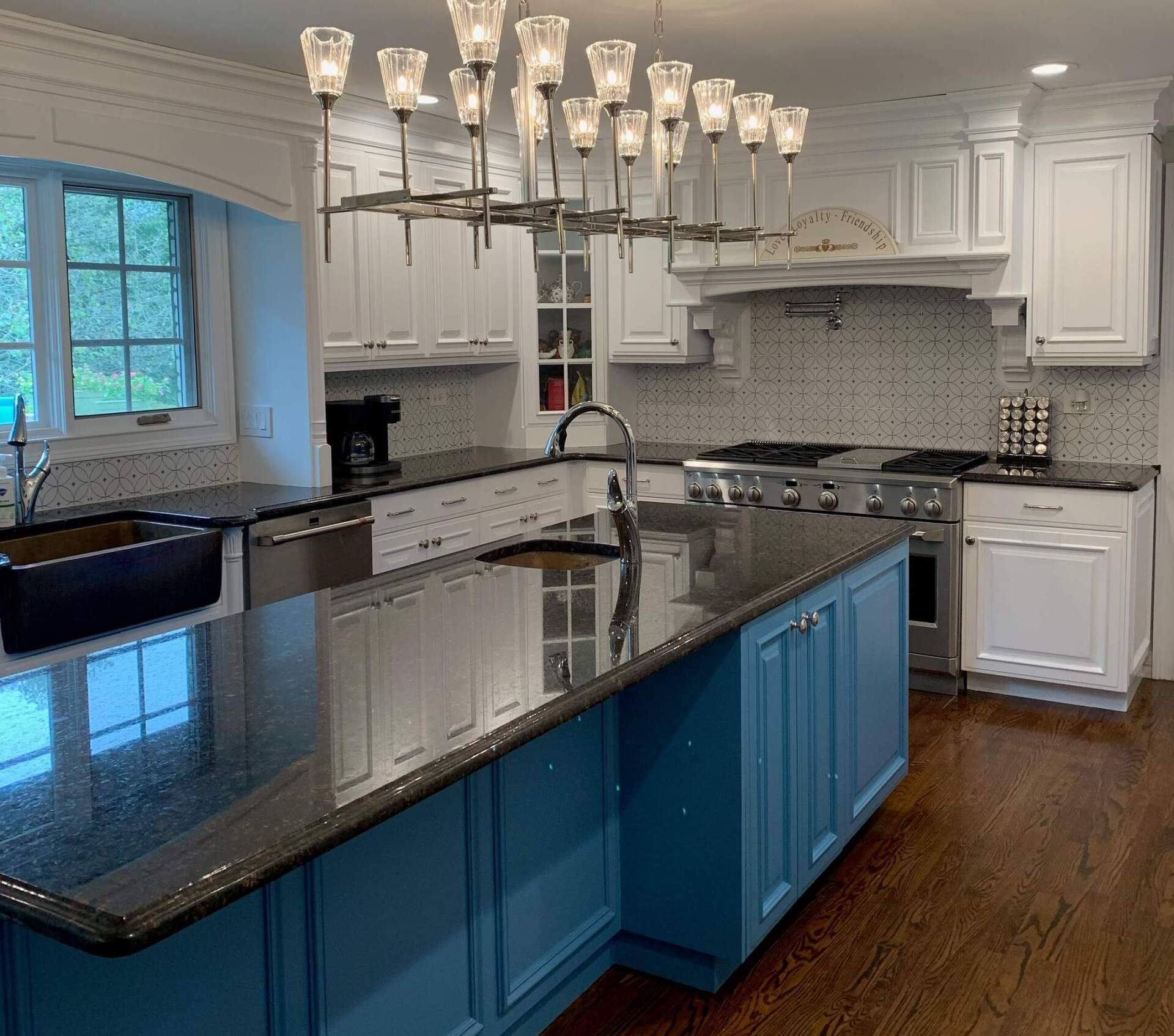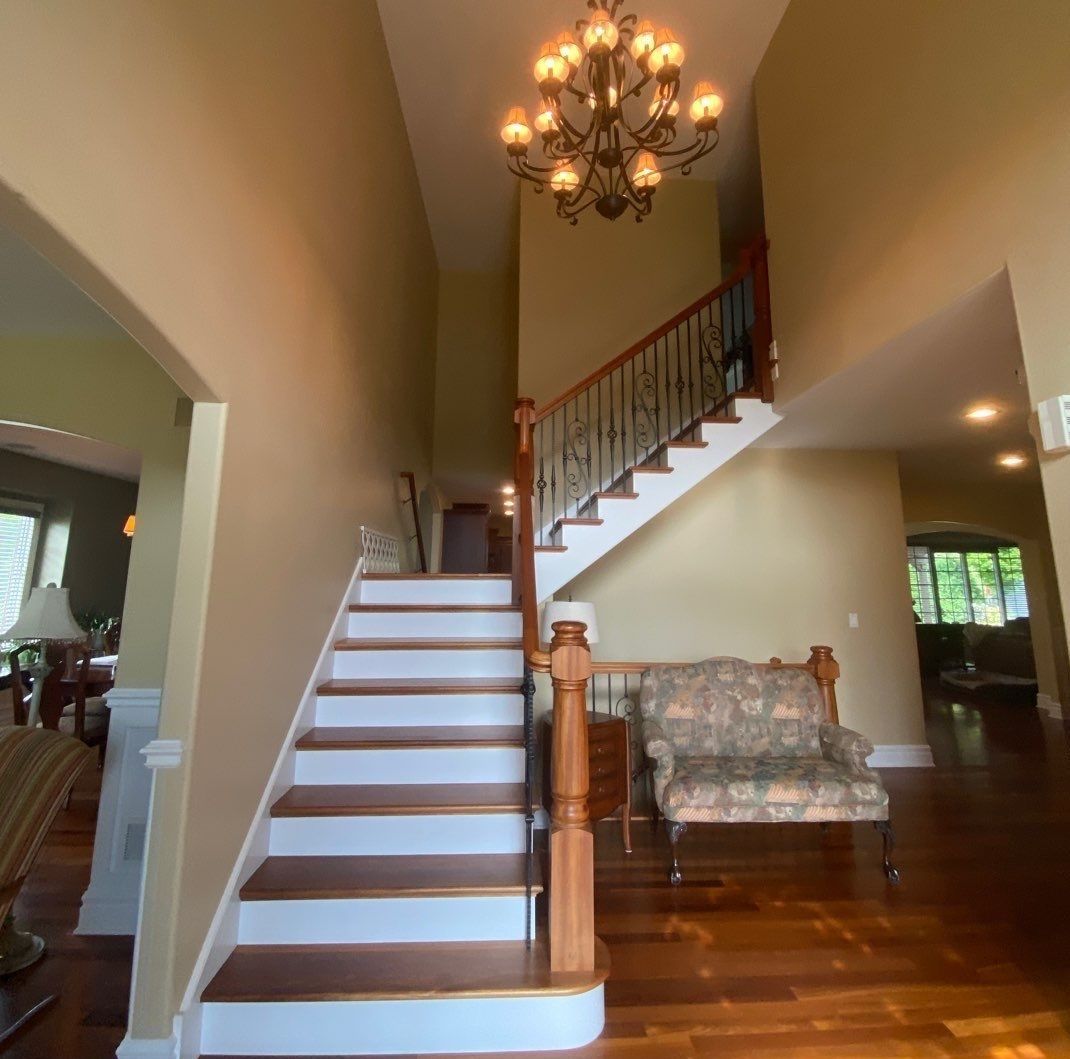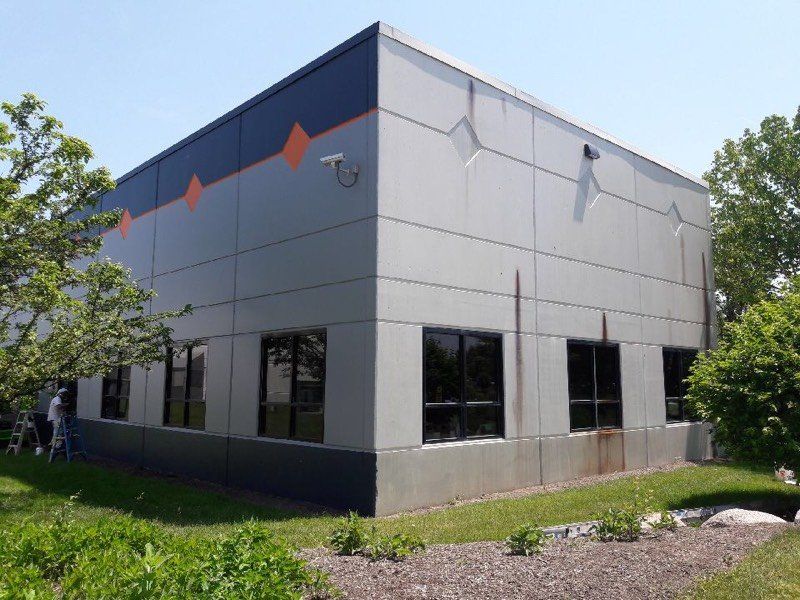What Are the Best Temps for Exterior Painting in Chicagoland?
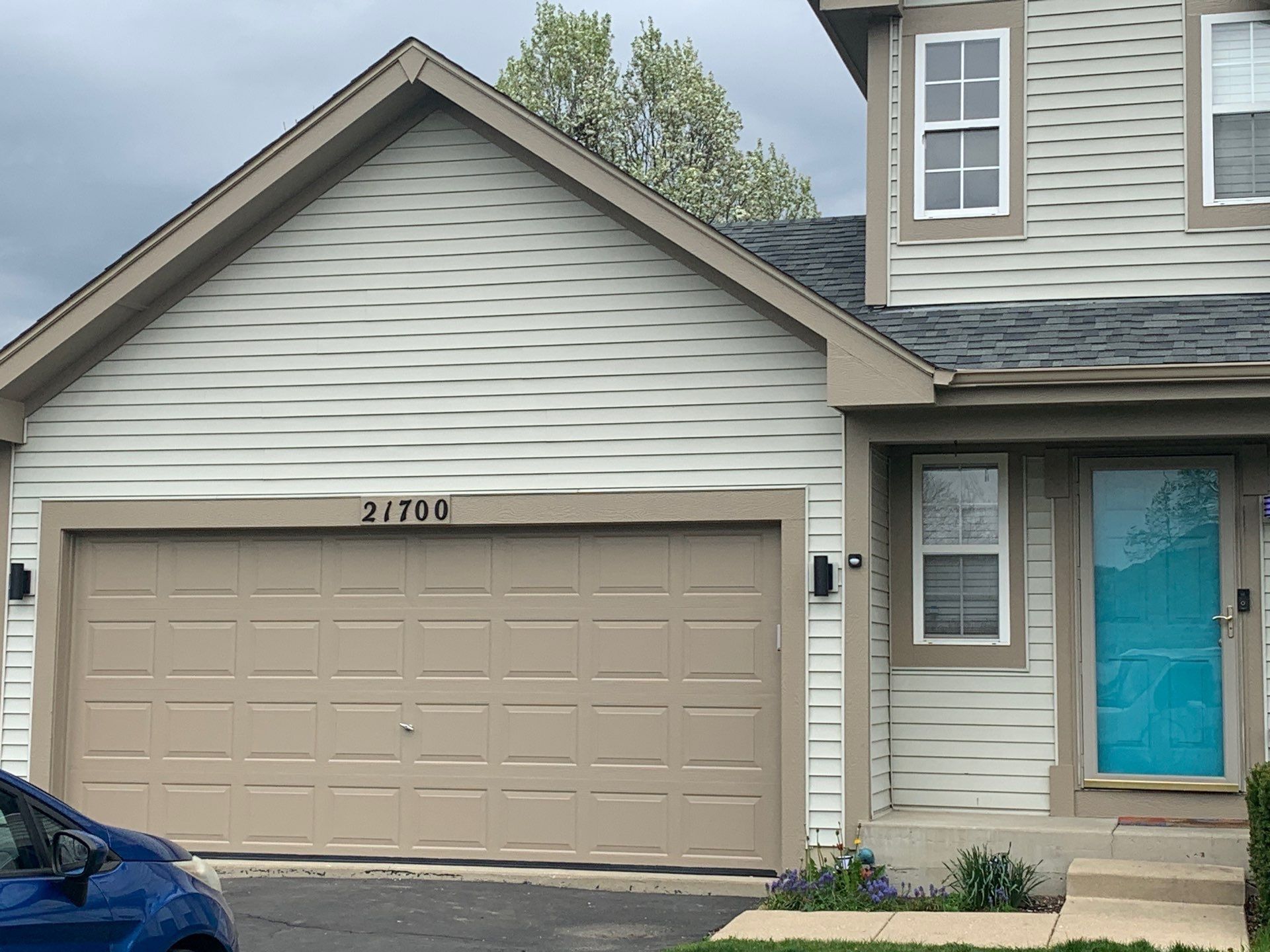
If you’ve ever lived in the Chicagoland area for more than a week, you already know the drill: it can be 75 and sunny on Monday, and snowing by Friday. So when it comes to exterior painting, the phrase “timing is everything” might be the understatement of the year.
Temperature plays a huge role in how paint performs, and doing the job when the weather isn't right can lead to peeling, bubbling, or the dreaded “we just painted this and it already looks weird" problem.
So let’s talk about the best temps for exterior painting in Chicagoland, and why it’s not as simple as just checking today’s high.
Why Temperature Matters More Than You Think
When you paint your house, you’re not just putting color on the wall—you’re starting a chemical process. Paint needs to cure, which is way more demanding than just drying. For curing to go smoothly, temperature and moisture levels need to cooperate.
Too cold, and the paint thickens, doesn’t stick well, and may never cure properly. You might see cracking, chalkiness, or even total failure after the first rain. Too hot, and paint dries before it can level out, leading to brush marks, bubbles, and a finish that looks more DIY than you were going for (even if you are DIY-ing it).
The Goldilocks Zone: Not Too Hot, Not Too Cold
So what’s the sweet spot?
- Daytime temps between 50°F and 85°F are ideal.
- Overnight lows should stay above 45°F for at least 48 hours after painting.
- Humidity below 70% helps paint cure evenly.
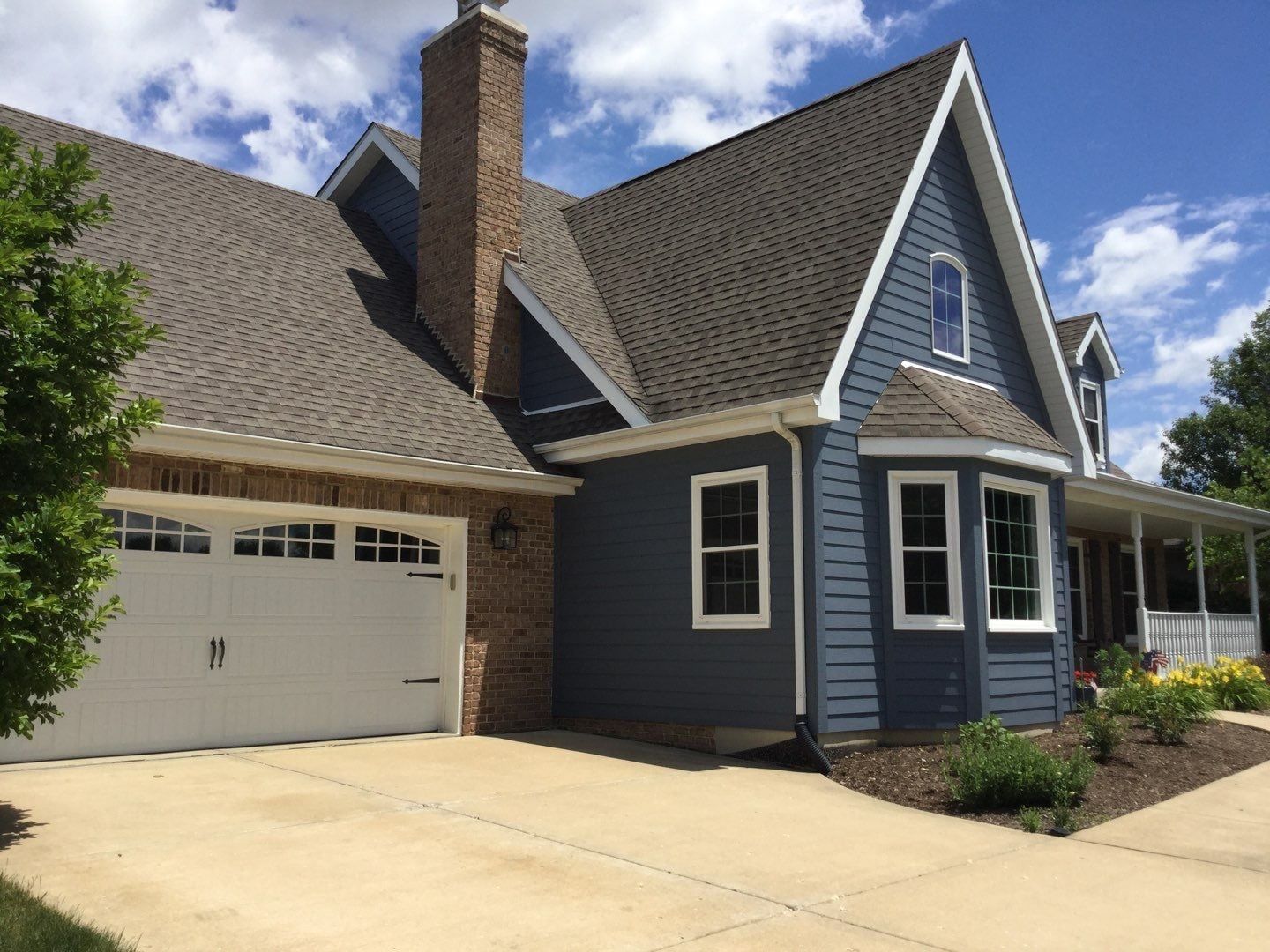
What Makes Chicago Weather So Tricky?
Let’s be real—Chicago’s weather doesn’t always read the manual. Spring can bring 30 degree mornings followed by 70 degree afternoons. Fall might give you two weeks of perfect painting weather before dropping into flannel season overnight.
Lake Michigan doesn’t help either. It adds moisture to the air, messes with local temps, and sends wind gusts you weren’t planning on when you opened that first gallon of paint.
So even if the forecast looks decent, you’ve got to watch for:
- Sudden cold snaps (especially in fall)
- Surprise heat waves (hello, early May)
- High humidity days where paint just won’t dry
What About Different Types of Paint?
Not all paints play by the same rules. Here’s the breakdown:
- Latex Paint (most common): Needs 50°F+ to apply and cure well. Some newer formulas can go as low as 35°F to 40°F—but only if the overnight temps stay above that too.
- Oil-Based Paint: Slightly more flexible with temps, but much trickier to work with (and not great for the environment or your nose).
- Low-Temp Paints: Made for cold weather conditions, but still not foolproof. They’re better suited for a 45°F to 60°F range than freezing cold days.
The takeaway? Just because the label says “low-temp” doesn’t mean you should push your luck in November.
Quick Tips for Hitting the Right Painting Window
- Check BOTH daytime highs and nighttime lows—overnight temps are critical for curing.
- Avoid rainy days and damp surfaces—even if it’s not raining when you start, yesterday’s moisture can mess with adhesion.
- Paint in the shade—don’t let direct sun overheat your surface and cause flashing or blistering.
- Mind the wind—a breeze might feel nice, but not when it’s blowing dust, leaves, or bugs into your fresh coat.
Final Thoughts: Don’t Rush the Roller
Exterior painting in Chicagoland is a game of patience and planning. Sure, you might want to knock it out over a weekend, but if the weather isn’t right, your hard work might not last past the next season.
The best advice? Don’t fight the forecast. Give your paint the conditions it needs to do its job right—because fixing a rushed paint job isn’t nearly as fun as doing it once and doing it well.
Plan smart, paint once. Plan poorly, repaint in spring. Your house (and your future self) will thank you. Interested in more insights from the Jondec Painting pros? Watch this quick video from Chris, our Sales Manager.
Frequently Asked Questions
Q: What’s the minimum temperature I can paint in?
A: For standard latex paint, 50°F is the minimum. Some specialty paints allow for temps down to 35°F, but only if the overnight temps stay above that too.
Q: What happens if I paint when it’s too cold?
A: The paint may not cure properly, leading to cracking, peeling, or an uneven finish. It might even flake off entirely after a season or two.
Q: Can I paint during a warm spell in early spring or late fall?
A: Maybe—but check those overnight lows and humidity levels. If the weather turns within 24-48 hours, it can ruin a fresh paint job.
Q: How long should I wait after rain to paint?
A: Wait at least 24-48 hours after rain, depending on how humid it is. Surfaces need to be completely dry before applying paint.
Q: Does humidity affect painting?
A: Definitely. High humidity slows drying, can lead to streaks or sagging, and affects how well paint sticks. Aim for less than 70% humidity if possible.
Share
Let's Talk Paint!
